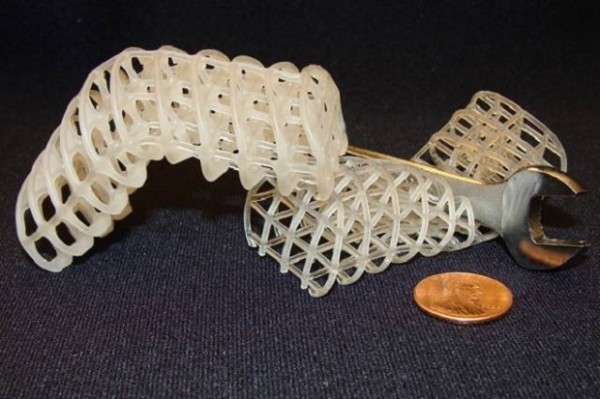What if there were a simpler way of interacting with our smartphones and tablets than reaching for the connected smartwatch? Silicone stickers that rely on touch input to control mobile devices could be a solution to the problem.
It’s usually Sci-Fi movie characters that sport a keyboard on their arm, and somehow that keyboard is easier to use than any other input method. Not to mention that it’s always at hand, if you know what I mean. Not to get into HUD land, having a method to control other devices remotely attached to your arm is nothing short of fantastic, especially when there are no implants involved, and the controller can be removed at any time. To expand the idea, it’s far more convenient to use a touch surface in such a scenario, than having buttons that need extra pressure and effort.
iSkin stickers came into existence as the result of an ambitious collaboration between Martin Weigel and Jurgen Steimle, from the Max Planck Institute for Informatics and Saarland University, Saarbrucken, Germany, Carmel Majidi and Tong Lu from the Carnegie Mellon University, Pittsburgh, PA, U.S., Gilles Bailly from CNRS LTCI, Telecom-ParisTech, Paris, France, and Antti Oulasvirta from the Aalto University, Helsinki, Finland.
Being made from silicone, the product itself is flexible and stretchable (even though I’m pretty sure it has its limits in these aspects), and can be attached to about any area of the body with the help of some medical-grade adhesive. iSkin includes both resistive and capacitative sensors, and as you have probably imagined, can be tailored to suit specific areas and needs.
Some of the possible uses of these silicone skin stickers include answering and placing phone calls, texting and controlling music playback. Depending on their size and the area of the body they attach to, they could definitely serve more functions. The prototypes are hard-wired to a computer, but future versions of the skin stickers will be able to send and receive data wirelessly, and this is in fact the ultimate goal of the scientists who have developed iSkin.
The paper detailing the scientific basis of the iSkin silicone stickers is available in PDF format here. To get a better idea of how the stickers look and work in real life, check out the following video:
Be social! Follow Walyou on Facebook and Twitter, and read more related stories about the Pip-Boy 3000 HUD that displays environmental data for NASA astronauts, or the Fallout PIP-Boy iPhone mod.
